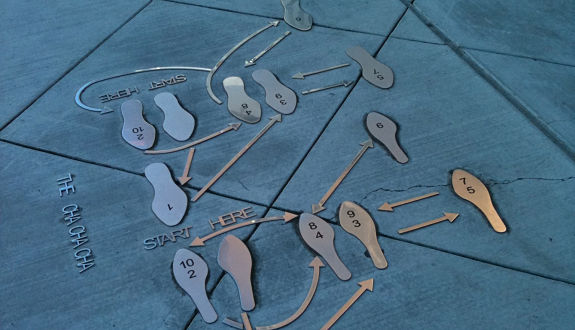
Causal relationships are big on the LSAT. Failure to understand them causes problems. Causation comes up all over the place — in reading comp and in a bunch of logical reasoning questions. But causation is especially important in logical reasoning questions that ask you to strengthen or weaken arguments. A high proportion of these questions involve causation somehow.
There are two main forms of causal arguments on the LSAT. The first kind jumps from correlation to causation. For example:
A long-term study found that people who take aspirin every morning are significantly more likely to get liver disease than are those who don’t. We can therefore conclude that aspirin is bad for your liver.
The premise tells us that two things go together: aspirin and liver disease. The conclusion is that one causes the other: aspirin is the reason for the liver disease. Now, that could be true, but as any snarky Internet commenter can tell you, correlation does not imply causation. There are other explanations of the evidence. More on that later.
The other form of causal argument can be a little trickier to spot, since this form is often presented without any explicit causal language. Here’s an example:
The new restaurant on Main St, Frank’s Feed Trough, is packed every night. We can conclude that the food must be excellent.
Is that even causal? It is. Here’s why. The premise identifies a phenomenon: the restaurant is packed. The conclusion then speculates on a cause for that phenomenon: since the restaurant is packed, the thinking goes, it must be because the food is good. That’s subtle, but spotting that kind of causal argument makes a lot of questions oh so much easier.
In both of these arguments, the premises don’t prove the conclusion. That makes these arguments invalid, or flawed. Almost all causal arguments are; it’s hard to prove causation. In both cases, there are plausible alternate causes.
Let’s go back to the first argument. Why might one take aspirin every morning? Maybe because one is hung over. If that’s the case, it’s more likely that the alcohol than the aspirin is to blame for the liver problems.
In the second argument, a number of factors might account for the restaurant’s popularity. Maybe the portions are huge for the price. Maybe the town’s unsophisticated diners are attracted by the restaurant’s novelty theme (they serve the food in actual troughs). Maybe the restaurant has drink specials that rope people in.
These alternate causes are key to weakening or strengthening a causal argument. What if I told you that people who take aspirin regularly are more likely to be regular drinkers? That would weaken the argument in the first example. Drinking is a plausible alternate cause for the liver disease.
I can already hear the smart-ass among you saying, “but how do we know that drinking causes liver problems? Isn’t that outside knowledge?” Good question. Here’s a question back to you: How do we know aspirin is bad for your liver? We don’t. An alternate cause doesn’t have to be a better possible cause. It just has to be plausible. The argument told us that aspirin correlates with liver problems. Now we know that drinking correlates, too. Is it the aspirin? The drinking? Something else? We don’t know. Having another plausible cause in the room is enough to weaken the argument.
Just as presenting an alternate cause weakens the argument, eliminating an alternate cause strengthens the argument. For the second example, suppose I told you that Frank’s Feed Trough doesn’t offer especially good value for your money. Good value for money would be another potential explanation for the restaurant’s popularity. Therefore, ruling it out strengthens the argument, at least a little. It doesn’t come close to proving that the food is good, but it’s better than nothing.
The other way to weaken or strengthen a causal argument is by presenting new evidence. That evidence can weaken the argument if it shows the purported cause without the purported effect, or the effect without the cause. You can strengthen the argument by showing the same cause with the same effect or the absence of the cause with the absence of the effect.
But be careful. The strength of evidence that’s needed to weaken or strengthen a causal argument depends in part on the strength of the evidence you already have: the premises. Suppose I told you that many regular aspirin takers never develop liver problems. It would be tempting to think that this information would weaken the first example (cause without effect) but it wouldn’t. We already know that there’s a correlation between aspirin taking and liver disease. A bunch of people who take aspirin but have healthy livers doesn’t change the fact that there’s a correlation. It would take a new correlation to weaken or strengthen the argument — say, perhaps, a clinical trial in which people are asked to start taking aspirin without changing other things in their life.
Since the second example only has evidence about one restaurant, the burden the answer needs to meet is a bit lower. I could weaken the argument by pointing out, for example, that the restaurant with the best food in town isn’t very popular. That’s cause without effect. I could strengthen the argument by saying that their surge in popularity followed a change in the chef without changing other things. That says that without the current food (no cause) there wasn’t this crazy popularity (no effect).
All in all, be careful to practice cause and effect. Spotting cause and effect leads to success on the LSAT. Success on the LSAT predisposes you to a fruitful time in law school, which in turn brings about career success.




